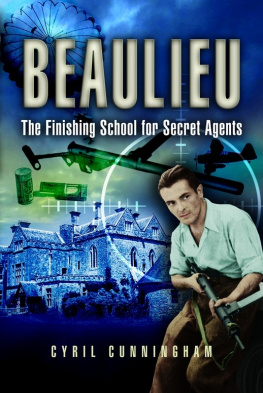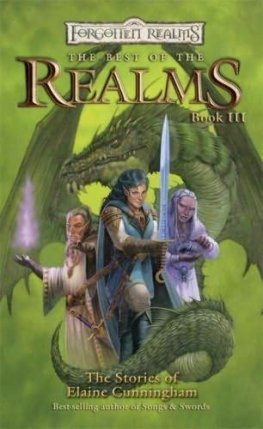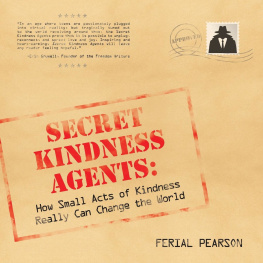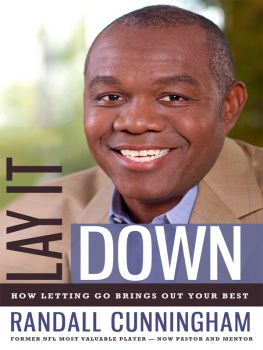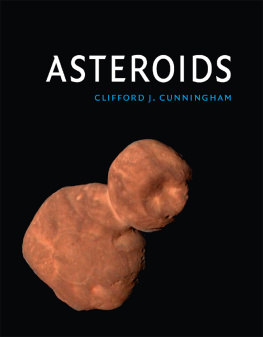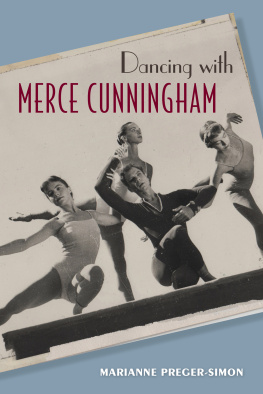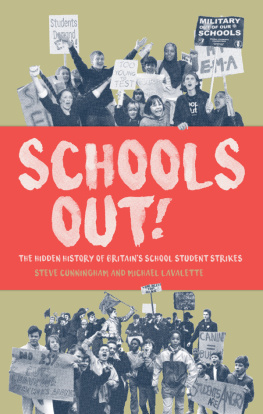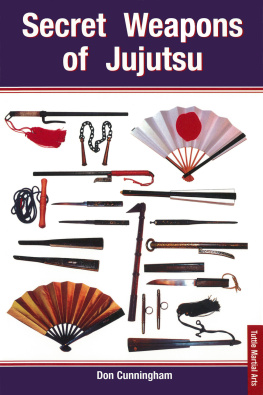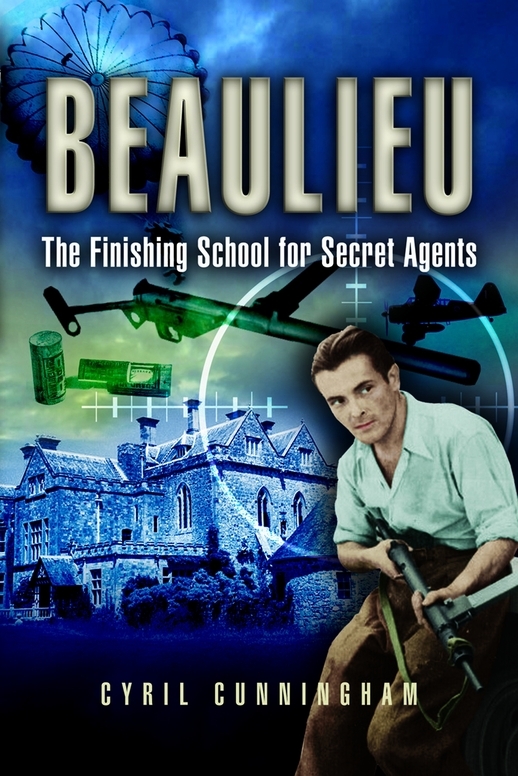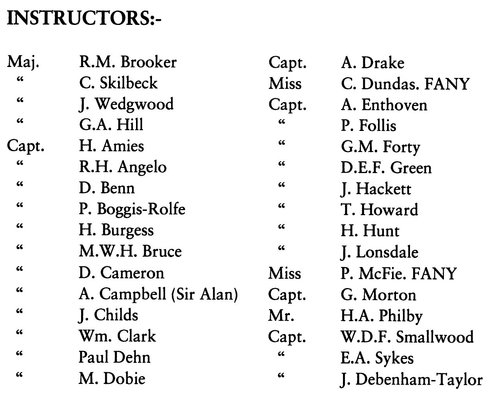ACKNOWLEDGEMENTS
Foremost among those whom I have to thank is Lord Montagu of Beaulieu who commissioned and sponsored this research, gave me access to his archives, and above all gave me his continuous support and encouragement during the long and disheartening process of seeking a publisher.
I am enormously grateful to Mr. Robert Woolrych and Professor Austin Woolrych, sons of the late Lieutenant-Colonel S.H.C. Woolrych, the Commandant of the Beaulieu Finishing School, without whose generous subvention this book may never have been published. I also have to thank them for information about their father and for permission to use his photographs, the Woolrych Collection in the Intelligence Corps Museum.
My special thanks are also due to Mr Graham Carter of Montagu Ventures Ltd., for much practical help and sterling advice.
I have to thank the following for providing me with substantial amounts of information:
Mr Gervase Cowell, SOE Adviser, Foreign Office, for information on the Schools establishment, curriculum, and an outline description of agent training.
Mrs Ann Sarell (nee Keenlyside) for much information on the School staff and a description of arrangements at The Rings.
Miss Susan Tomkins, Lord Montagus Archivist, for searching for correspondence between Captain Henry Widnell and the leaseholders of the requisitioned properties, and between Widnell and the Army authorities, including the Schools Commandants. Also for providing me with access to the reference library of Montagu Ventures Ltd.
Mr A. Nosak of the Polish Home Army Parachutists Association for supplying photocopies of original documents and for translations.
Mr C.P. Wykeham-Martin for information on the Small Scale Raiding Force and its occupation of Inchmery House.
Mr Gerard Brault for information on Inchmery House and the training of the first RF Section agents.
General George Berge and Madam Berge for information on Inchmery House and Operations Savanna and Josephine B.
Madam Alma Kerjean for putting me in touch with numerous former RF Section agents, and Mr R. Hansford for his unstinting assistance.
Major Richard Shaw, the Curator of the Intelligence Corps Museum, for allowing me access to documents and photographs.
Mr Denis Hendy, who provided much information on the early days of the SOE occupation of The Drokes.
One of my principal sources of information was the former Lieutenant-Colonel Cuthbert Skilbeck, one of the Schools first Chief Instructors, to whom I am greatly indebted and with whom I spent a very enjoyable day in February, 1995. Alas, he died in June, 1996.
The following also gave me help:
Mr Owen Aisher for putting me in touch with Joachim Ronneberg; Miss Vera Atkins, the former Chief Intelligence Officer of the French Section, for putting me in touch with Mrs Sarell; Mr Francis Cammaert, Mr Daniel Cordier, Madam Pearl Cornioly, Mr J. Darton, all former secret agents; Mr Peter Doneaux; Mr Bernard Ettenfield, formerly of Field Security, for his information on the Spaniards at The Drokes; Sir Anthony and Lady Evans for allowing me into The Drokes; Mr John Farmer, former secret agent; Mr H.G. Fleming, formerly Field Security, for his information on the Dutch agents Dorlein and Ubbink; Mr George Jackson for information on Johnny Ramenski; Mr Ivor Kregland of the Norges Hjemmefrontmuseum; Mr R. Lagier, Mr J.J. Landau, Mr. G. Ledoux, former RF Section secret agents; Lieutenant-Colonel Terry Message, Secretary of the Special Forces Club, for putting me in touch with many former agents; Count and Countess Michalowski for allowing me into The House in the Wood; Mr A. Philion for allowing me to visit Inchmery House; the late The Hon. Mrs Pleydell-Bouverie; Mr Joachim Ronneberg, (who led the team of saboteurs that blew up the Norsk Hydro heavy water plant at Vemork); Mrs Decia Stephenson, Archivist of the FANYs; Dr B. Thornton; Mr Jack Trott, Mr Andre Watt, former secret agents.
And finally I wish to thank my sister, Pauline Cunningham, for checking many versions of the manuscript for errors and my wife Mary for her constructive advice on structuring many passages, proof reading, and her support throughout this project.
APPENDIX A
MEMBERS OF THE STAFF OF THE FINISHING SCHOOL AT VARIOUS TIMES DURING THE WAR.
COMMANDANTS:-
Lt. Col. J.W.Munn R.A.
Lt. Col. S.H.C. Woolrych
Lt. Col. F.V. Spooner
APPENDIX B
THE COMMANDANTS OPENING ADDRESS TO NEW STUDENTS
AUTHORS NOTE:
The full text of Lieutenant-Colonel S.H.C. Woolrychs opening address to the students of many nationalities is historically interesting for a variety of reasons. It was evidently drafted sometime during 1943 when the German Army was at full stretch and the Germans were plundering the manpower of the Occupied Countries for forced labour in German industries. It also captures the spirit and the mounting tension of the Allies preparing to invade the continent of Europe and gives some inkling of the relative ease with which agents were being infiltrated into and extricated from the Occupied countries.
Compared with the sophisticated methods of today, and even in comparison with the methods of the Cold War, it reveals an astonishing naivety, and the text has a distinct flavour of the amateurism which pervaded the whole of Special Operations Executive and many of its wartime operations. It is, however, easy to be critical in retrospect, to ignore the stresses of the wartime situations. In truth they were usually such that enormous risks had to be taken by committing half-trained personnel of all Arms into action long before they were sufficiently trained to cope with the tasks they were given without risking their lives through inexperience.
Although written more than half a century ago, this address retains a contemporary ring and possesses a disagreeable familiarity in a modern world riven by warring factions, insurgency and terrorism.
THE COMMANDANTS OPENING ADDRESS TO NEW STUDENTS
First of all let me bid you welcome. I hope that you will enjoy your Course here and will find it helpful to you.
Now lets get to work. The purpose of the Organization to which you and I belong is Subversion. Subversion, properly applied, is one of the most potent weapons one can use. It is the fourth arm in modern warfare. What are its objects? They are fourfold. I will give you these four headings, and I would like you to pay particular attention to them as they are going to govern most of what I am going to say to you this morning.
In the first place the objective is to damage the enemys material to the maximum extent, and also all his means of communication and production. Modern warfare is almost entirely dependent on material and communications. With every successive war there is an increasing emphasis on machines and equipment, so much so that no country without considerable industry at its call can now dream of making war on a large scale. Therefore if you destroy as many machines as possible, and damage the means of production, you have gone a long way in hampering the enemys effort.
The second objective is to strain the enemys resources of manpower. Towards the end of any long war the question of manpower grows every day more vital. The Germans at this moment are combing all their industries for men to put into the field, and trying to replace them with foreign labour. Every General seeks to employ the maximum amount of his resources at the vital point of attack or danger. If a sufficient force can be diverted to provide sentries, police etc. the enemys main force is thereby weakened.

